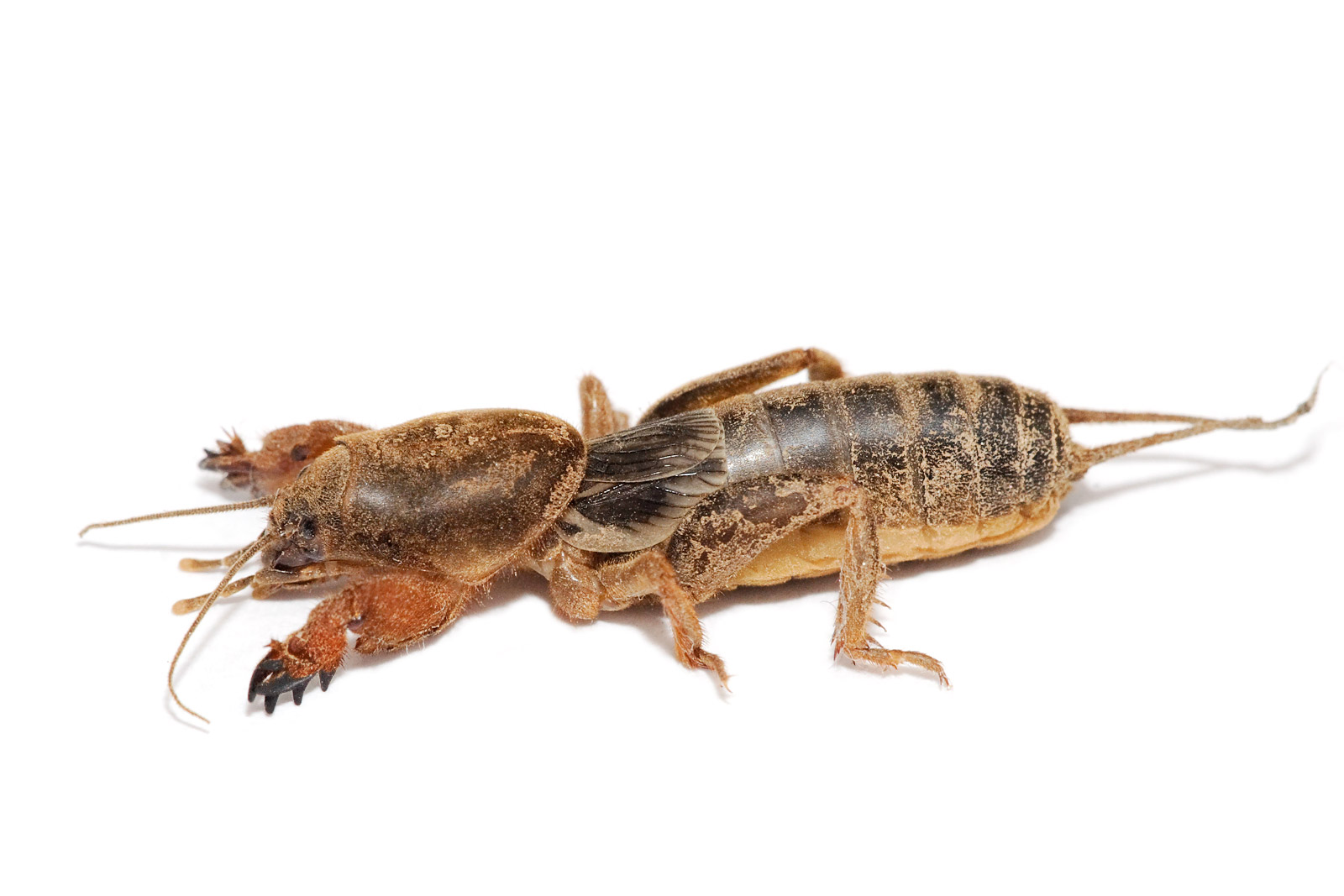These are the rules on how to calculate the percent composition;
Calculate the molecular mass of the compound
Calculate the total mass of each element present in the formula of the compound
Calculate the percent compositon (percentage composition): % by weight (mass) of element
= (total mass of element present ÷ molecular mass) x 100
Examples.
1.Calculate the percent by weight of sodium (Na) and chlorine (Cl) in sodium chloride (NaCl)
Calculate the molecular mass (MM):
MM = 22.99 + 35.45 = 58.44
Calculate the total mass of Na present:
1 Na is present in the formula, mass = 22.99
Calculate the percent by weight of Na in NaCl:
%Na = (mass Na ÷ MM) x 100 = (22.99 ÷ 58.44) x 100 = 39.34%
Calculate the total mass of Cl present:
1 Cl is present in the formula, mass = 35.45
Calculate the percent by weight of Cl in NaCl:
%Cl = (mass Cl ÷ MM) x 100 = (35.45 ÷ 58.44) x 100 = 60.66%
Note: If the answers add up to 100 they are probably correct.
2.A compund has a total molar mass of 18g/mol and a % composition of oxygen and 11.1% hydrogen. How many oxygen atoms are there in the compound?
11.1/100 x 18g/mol = 2.0g/mol = 2 hydrogen
11.1/100 x 18g/mol = 2.0g/mol = 2 hydrogen
100-11.1=88.9/100 x 18g/mol = 16 = 1 oxygen
There is one oxygen atom in the compound
3.A school boy buys a bag of candy. Each piece of candy contains 5g of glucose (C6 H12 O6). A) find the % composition of glucose B) if the bag contains 150g of candy, does the percent composition of the glucose change? Explain.
a)MMg=180g/mol
C6 = 72/180 x 100 =40%
H12 = 12/180 x 100 = 7%
O6 =96/180 x 100 = 53%
b)No, because the % composition is based on each individual compound and will not affect the candy as a whole. The % composition will not change because if each piece of candy is the same than the composition will stay the same because the numbers will be larger but will have the same ratio.
4.A molecule has a mass of 142g. It contains 5 atoms of one element and 2 atoms of another. What is the other element if one of them is oxygen and oxgyen has five atoms? What is the percentage composition of both elements?
Oxygen: 16 X 5 = 80g
142g-80g=62g
62g/2=31g
**Check for a component with the atomic mass of 31g.
Phosphorus=31g.
Check by firguring out the percent composition.
62/142=43.7% 43.7+56.3=100g.
80/142=56.3%
Answer= P2O5
5.Calculate the molecular mass (MM) of (NH4)3PO4:MM = 3x[14.01 + (4 x 1.008)] + 30.97 + (4 x 16.00) = 3 x [14.01 + 4.032] + 30.97 + 64.00 = (3 x 18.042) + 30.97 + 64.00 = 54.126 + 30.97 + 64.00 = 149.096
Calculate total mass of N and then the percent:
3 N are present, mass = 3 x 14.01 = 42.03
%N = (mass N ÷ MM) x 100 = (42.03 ÷ 149.096) x 100 = 28.19%
Calculate total mass of H, and then the percent:
12 H are present in the formula, mass = 12 x 1.008 = 12.096
%H = (mass H ÷ MM) x 100 = (12.096 ÷ 149.096) x 100 = 8.11%
Calculate the total mass of P and the percent:
1 P is present in the formula, mass = 30.97
%P = (mass P ÷ MM) x 100 = (30.97 ÷ 149.096) x 100 = 20.77%
Calculate the total mass of O and the percent:
4 O are present in the formula, mass = 4 x 16.00 = 64.00
%O = (mass O ÷ MM) x 100 = (64.00 ÷ 149.096) x 100 = 42.93%
The answers above are probably correct if %N + %H + %P + %O =100, that is,
28.19 + 8.11 + 20.77 + 42.93 = 100
Check out this video!
http://www.youtube.com/watch?v=xbEeyT8nK84
Search up some problems to help you through this!









 What is density? Well density is the amount per unit size. Density is a physical property of matter
What is density? Well density is the amount per unit size. Density is a physical property of matter